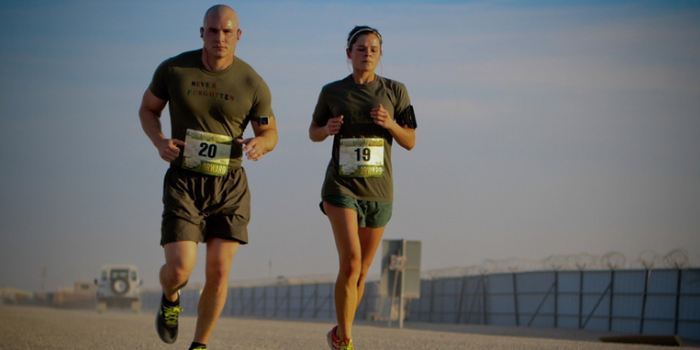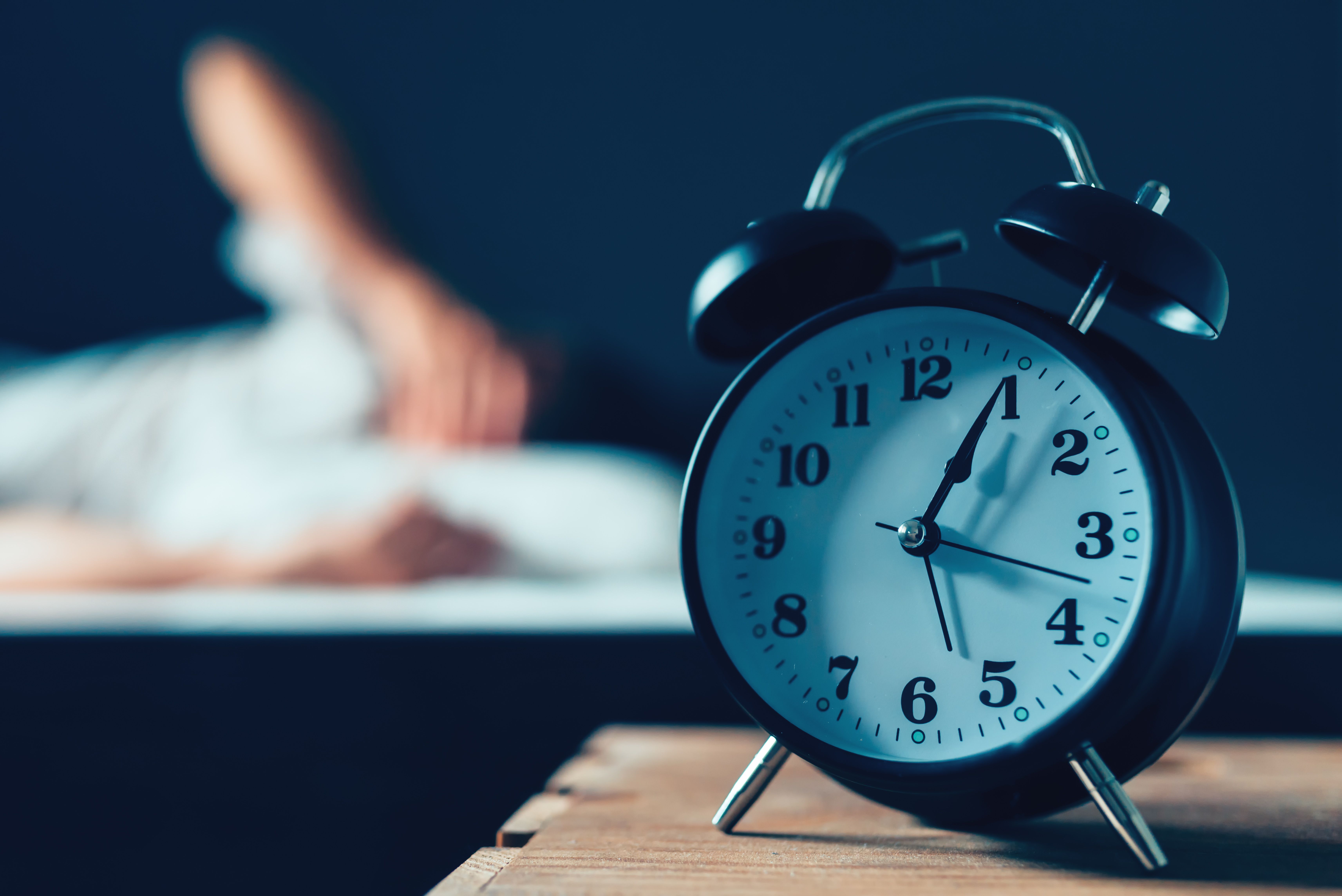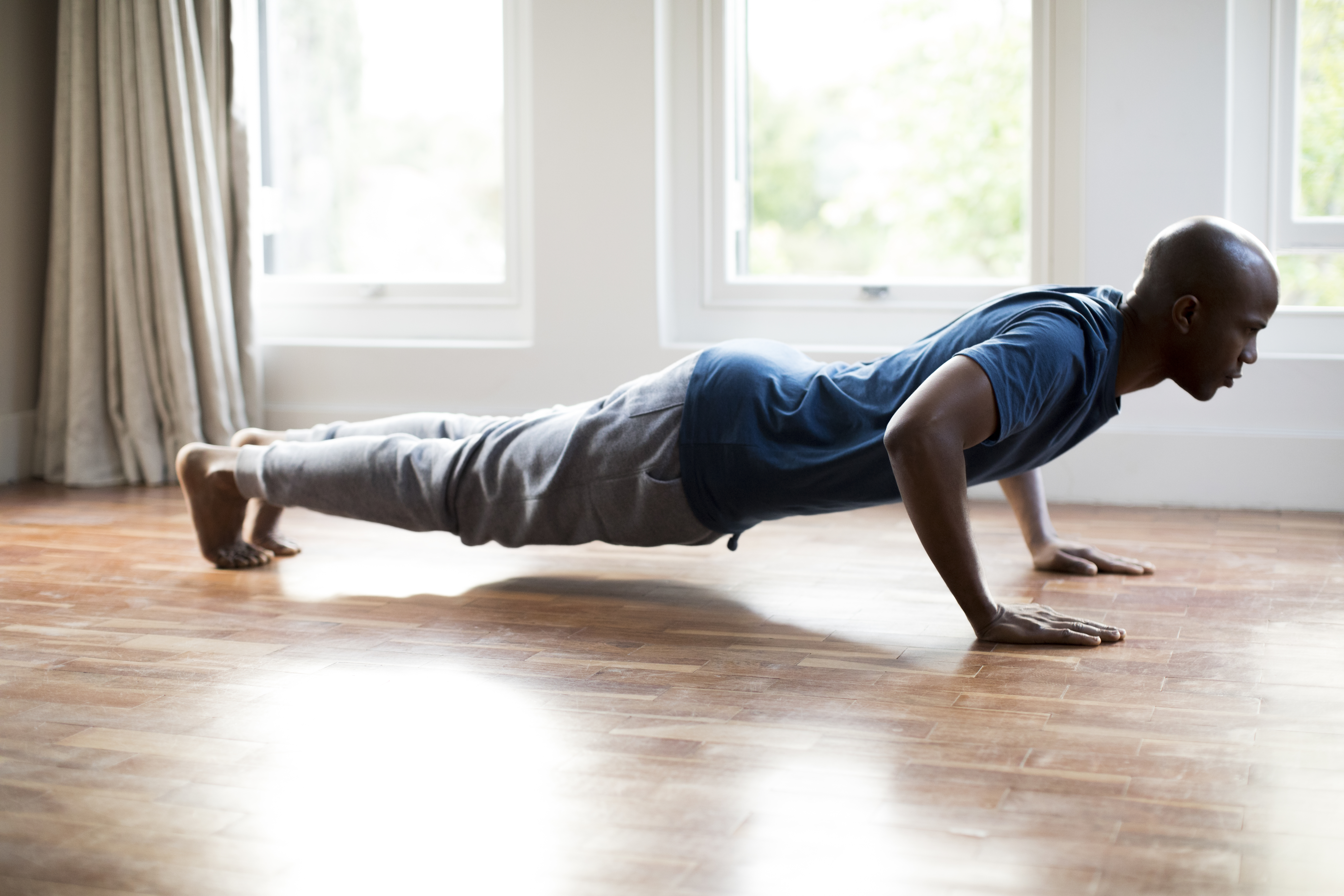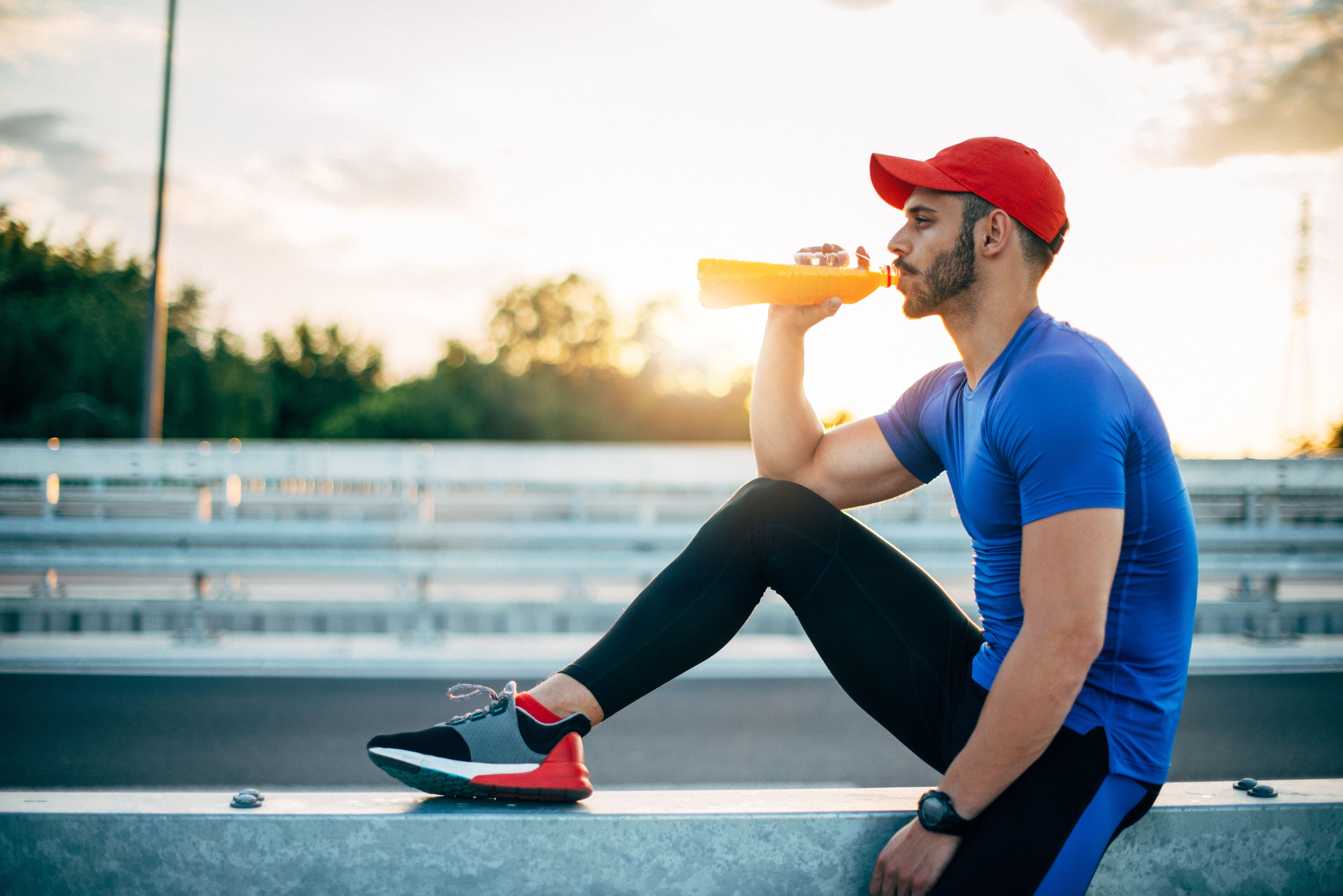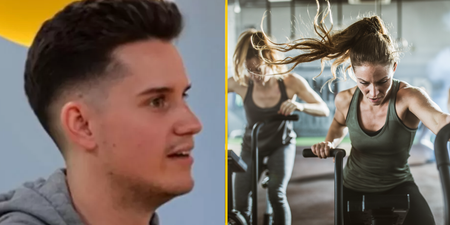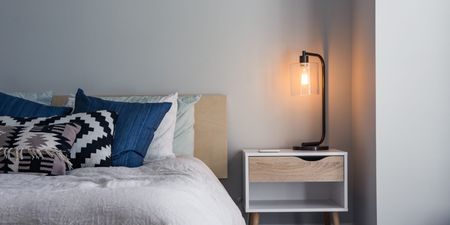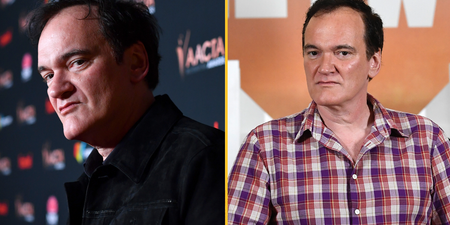Ever wondered how different temperatures affect your training and recovery?
According to Google Trends, searches for ‘when to turn heating off’ spiked at 65% this year at the end of February into the start of March.
However, it’s not just energy bills that are affected by the temperature in your home, but also your own body, workouts and fitness goals. From your mood to hydration and hypertrophy (muscle gain), heat and temperature both impact highly on your results.
With this in mind, Nest Learning Thermostat has teamed up with thermal expert Michael Symonds, Professor of Physiology, to shed some light on how heat interacts with hitting the gym.
1. Sleeping soundly
Ok, so you’re not physically ‘working out’ when sleeping, but mastering the right temperature at night time can boost your sleep hygiene. In turn, sleeping soundly can help you gain muscle mass, lose fat and fend off illnesses.
Symonds says: “Sleep patterns are best between 15.5 and 19.5 degrees Celsius. So if you feel like your sleep pattern is broken or irregular, this may be down to your heating being either too hot or too cold. Having more energy the next day may be down to how hot or cold you set your thermostat.”
2. Play it cool
Sleeping at the cooler end of the spectrum may prove particularly useful, especially if you’re looking to lose weight.
Symonds says: “Rest is just as important as exercise when it comes to weight loss or weight gain. If you prefer sleeping at a cooler temperature, you’re in luck as this can promote metabolic health.
“Brown fat (good fat) in the body is activated by the cold, and is responsible for burning up fat and glucose – now that’s a win, win situation!”
3. Home comforts
Aim to match the temperature of where you warm up to the environment in which you’ll be training. If you’re going for a run outdoors, it isn’t a good idea to warm up inside.
Symonds says: “Warming up in an environment with the same temperature you’re going to exercise in can help avoid muscle injury – so next time you stretch before a run or weight session, consider dropping the temperature in your home.”
4. Stay hydrated
Hot weather forces you to drink extra in order to stay hydrated – that’s a given. However, extreme temperatures on both ends of the spectrum can sap your strength, as Symonds says.
“We all know how important it is to drink in summer weather, but did you know you can get dehydrated from aircon and cold weather too?
“The cold can have a similar effect on your body as being hot. This is because the optimum temperature for hydration is ‘thermoneutrality’. This is when body temperature is perfectly balanced with the environment and you’re neither too hot nor cold and therefore less likely to sweat and dehydrate.”
5. Tackling tiredness
Hitting the weights room with sufficient intensity to build mass and strength requires focus and stamina. These can diminish when it’s too hot.
“The temperature of a room can help you feel engaged and invigorated. If you’re feeling sleepy and unwilling to exercise, room temperature can impact how alert and decisive you feel due to how active and alert the brain is. In a warm space you’re more likely to feel tired, so try lowering the temperature before giving up on the gym.”
Read more from JOE:
- The Mountain from Game of Thrones wins Europe’s Strongest Man
- WWE stars Sheamus and AJ Styles try out Blood Flow Restriction training
- Weight loss: how to maintain muscle mass when dieting
- Squat more with these three tips from a top powerlifter
- Genetics: use this training checklist to build up a lagging muscle group
- Modern running shoes have left humans with ‘weak feet’, claims new documentary
- Fit enough for CrossFit? These are the strength standards you need to surpass
- How often should you change your workout routine?
